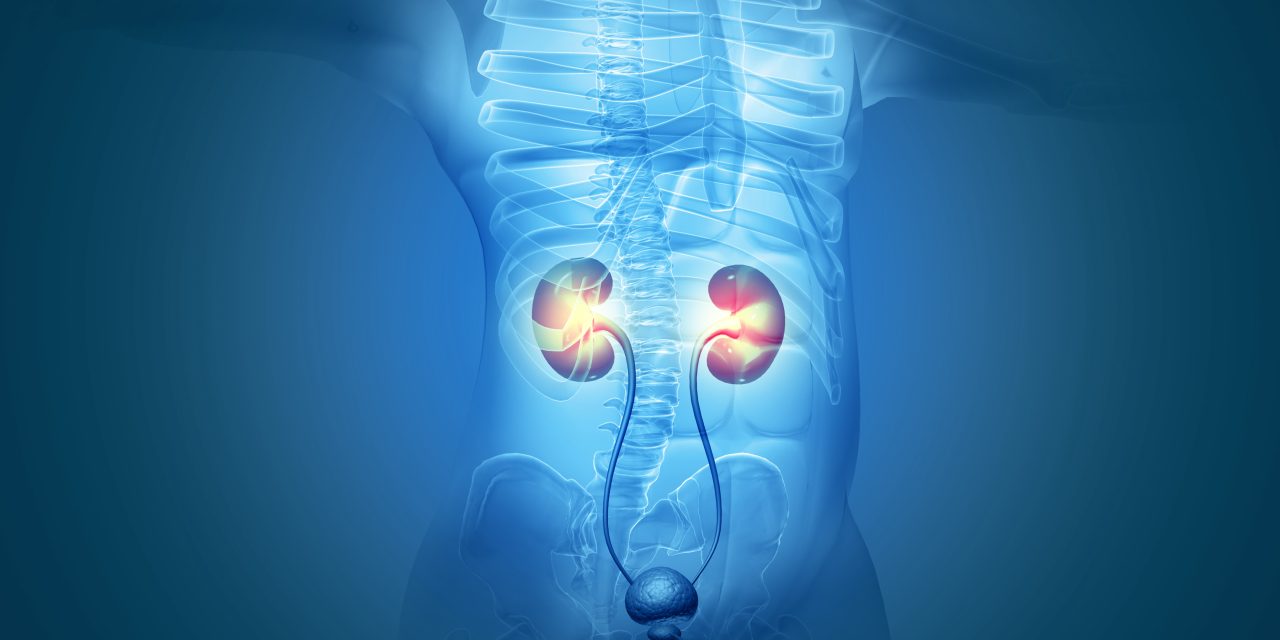This study aims at Impact of renal life systems on progress rates for extracorporeal shockwave lithotripsy (SWL) has been accounted for in the writing with accentuation on spatial life structures of the lower post including infundibulopelvic point (IPA). This has been demonstrated to be a significant factor as far as anticipating stone freedom of fragments. Influence of renal life systems has not been accounted for with regards to retrograde adaptable ureteroscopy (fURS) in view of the mobility of adaptable ureteroscopes and the adequacy of the holmium laser for comparable renal stones today. With the appearance of tidying procedures for ureteroscopy, section of stone pieces is applicable to a powerful result, particularly as there have been expanding number of reports in the writing utilizing fURS for treatment of huge lower shaft stones (>20 mm).2,3 Moreover, it has been noticed that gravity may make stone parts end up in the lower shaft after SWL.4,5 furthermore, challenges in the lower shaft approach may likewise make it hard to separate sections that advance into the lower shaft intraoperatively. Therefore, renal life systems may affect fURS renal results, explicitly identifying with sections dropping off the lower shaft postoperatively.
A couple of studies have been distributed assessing the impact of renal life systems on results of fURS and laser lithotripsy for treatment of renal stones. The point of our investigation was to assess this relationship as far as both stone leeway on postoperative imaging and the careful repeat free endurance in our partner.
Reference link- https://www.liebertpub.com/doi/10.1089/end.2019.0720


